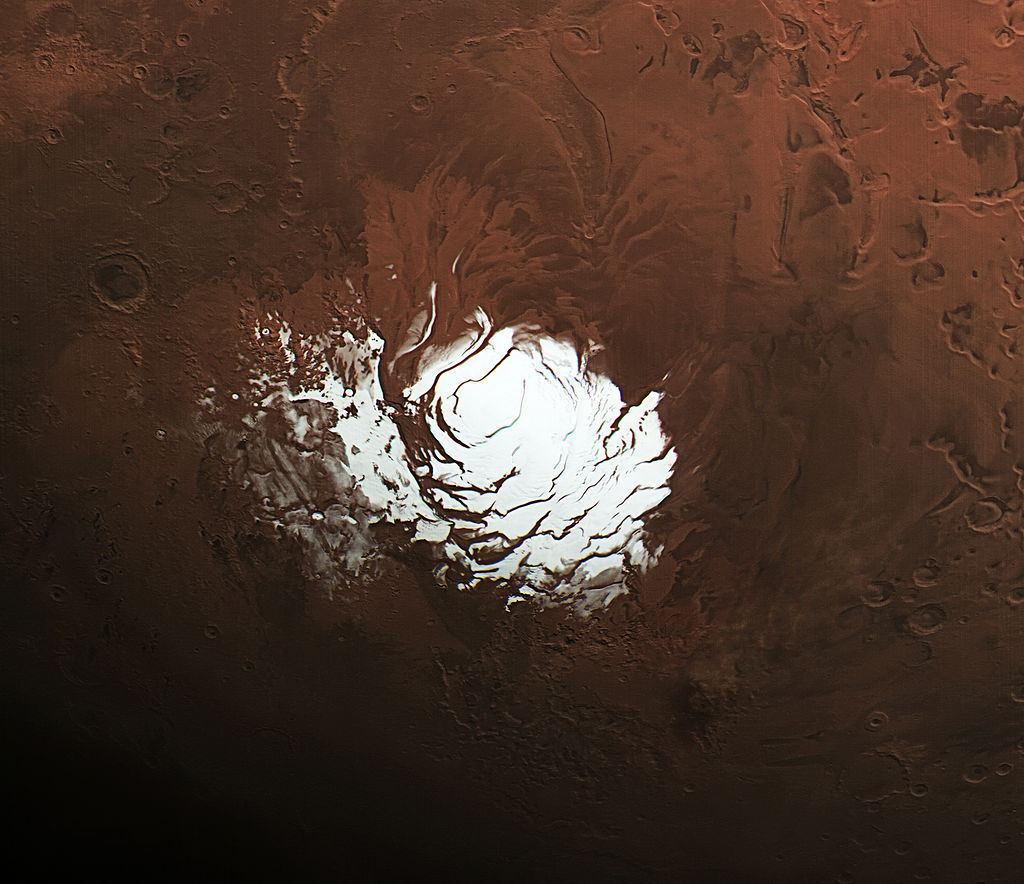Ah, the majestic dung beetle. The pinnacle of evolution. In all seriousness, these little critters are incredibly sophisticated navigators who have, for millennia, used the night sky to guide them about their business. But light pollution is making their lives more difficult by limiting their ability to navigate by the stars. Other nocturnal creatures, including some birds and moths, may be facing similar challenges.
Dung beetles are known for their penchant for rolling dung into balls, then pushing their prize away from competing beetles as quickly as possible. To swiftly escape the competition, they need to be able to travel in straight lines away from a dung pile, putting as much distance as they can between them and their rivals. The stars provide these rushing beetles with a compass, acting as directional cues in the sky with which the beetles are able to orient themselves. When they reach a safe distance, the beetles then bury the dung and proceed to consume it in relative safety.
A South African Dung Beetle at Addo Elephant National Park. Image Credit: Kay-africa (Wikimedia Commons).Researchers at the University of Würzburg in Germany, Lund University in Sweden, and the University of the Witwatersrand in South Africa set out to examine how light pollution affects the beetles’ ability to travel by starlight.
Their results, published in the journal Current Biology, show that the beetles become disoriented in different lighting conditions. For example, in the presence of bright city lights, the beetles have a tendency to travel directly towards the nearest, brightest light source. Instead of dispersing away from a dung pile, the beetles are all drawn in one direction. This makes conflict and competition more likely as individuals encounter each other more frequently.
Even more surprising, and perhaps more unsettling, is that diffuse light pollution, such as occurs on the outskirts of a city with no distinct light sources nearby, wreaked even more havoc on the beetles’ senses. Here, researchers discovered, the scarabs were far less capable of travelling in straight lines, becoming disoriented and lost.


























